Instruction
The reality of aim and alignment, and why golfers get them wrong
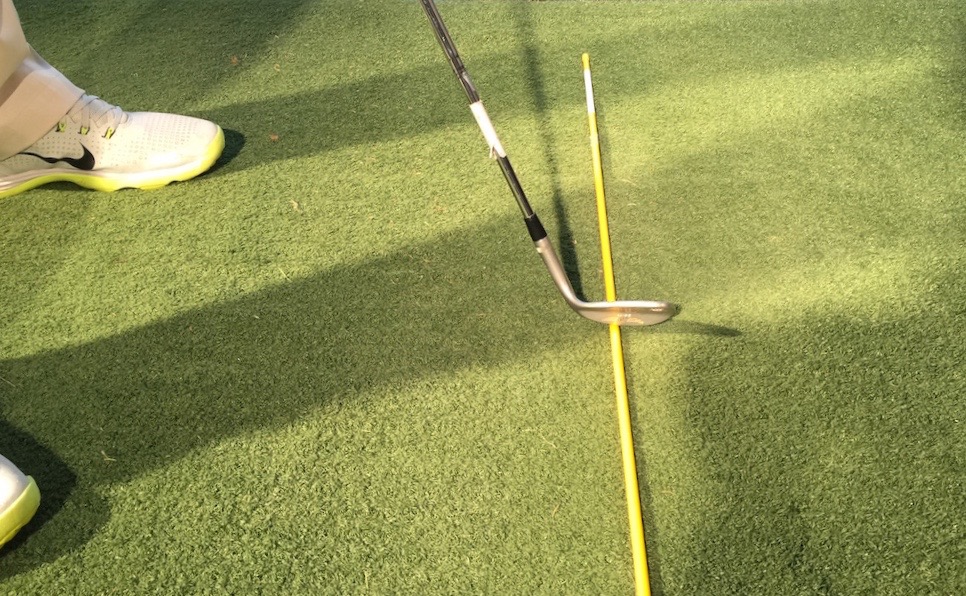
This story was selected as one of the 15 best GolfWRX stories of 2015!
I’ve often said I would hate to be at a rifle range with a bunch of golfers; someone would get shot. That’s because golfers tend to have the most crooked aim of players in any sport, and there’s good reason for that. If you tend to curve the ball right, you’ll aim left. If you tend to curve the ball left, you’ll aim right. Now that isn’t always a bad thing… in fact, it’s often quite functional.
But before I discuss “proper” aim and alignment, versus just band-aids for the issue, let’s establish the difference between the two.
- Aim: The position of the club face at address. It can be aimed at the target, or left or right of it.
- Alignment: The position of the body at address. It can be parallel to the flight line, left of it or right of it.
Notice that the ONLY thing looking at the target, or the desired start line, is the club face. It’s never the body.
The relationship between the body and the club face is often underestimated, and club face aim is critical to aligning the body correctly. For example, when I teach brand-new golfers and actually aim the club face for them, they almost instinctively align their body correctly.
The relationship between club face aim, body alignment and backswing is critical. Here’s why:
- If you set up with the face closed, your alignment will tend to be square to the club face and therefore open to the target. Your backswing will also tend to start back too far to the outside.
- If you set up with the face open, your alignment will tend to be square to the club face and closed to the target. Your backswing will also tend start too far inside.
How do I know this? I have seen it for years and years. And I’m not merely referring to high-handicap players, either; the same is true for the best players I teach.
The mistakes we all make in golf are the result of a vicious cycle. Something as innocent as aiming the face right or left of target starts a chain reaction from which we often cannot recover.
Below are a few common examples. I have seen these patterns repeated ad infinitum, and they all this start with a mis-aimed club face at address.
- When the club face is set closed, often the rear shoulder gets too high, the grip can get too weak and the ball position can get too far forward.
- With the club face open, the trail side can get too low, the ball position can get too far back and the grip can get too strong.
Watch this video for a visual explanation.
https://www.youtube.com/watch?v=uqpiAzouYro
Some years ago, down in Marco Island, Florida, where I live, the late, great Ken Venturi told me: “Good players don’t lose their swing, they lose their position!”
By position, he meant aim, alignment and ball position. It is human nature, I suppose, to swing and aim away from our typical ball flight. The minute we do, however, our ball position, swing direction and swing bottom are all affected.
One of the merits to a pre-shot routine is to check these fundamentals. You must know where the ball is, where the club face is pointed and where the body is aligned when you’re playing you’re best and try to keep it there. Constantly monitor your setup and strive for consistency.
Now, I am not saying the club face has to look at the target or the body has to be aligned parallel of it all the time. Your swing may very well require you to aim left or right, for example, depending on your attack angle. I am also not indicating that alignment always directs the swing, but you need to be sure you are set up where you think you are and have the correct relationship between your club face and your stance.
I recommend the following as pre-shot routine:
- Stand behind the golf ball to see your desired starting line.
- As you approach the golf ball, AIM THE CLUB FACE FIRST at your desired starting line.
- Then and only then, align your body to the line at which the club face is aimed.
Notice that the top edge of the club is set “off” from the leading edge and the very appearance of it will direct the first few feet of the swing. If the face is set squarely, the club will begin arcing back slightly inside, as it should. Now try closing the face and you’ll see that club wants to be directed back slightly outside that line. That’s why I suggest aiming the face before aligning the body.
You should strongly consider using an alignment stick as reference when you practice, or perhaps paint a line on the ground with turf paint to get familiar with what a square club face actually looks like.
I hope this helps, and as always, send me an email or message me on my Facebook page with any questions!
- LIKE260
- LEGIT33
- WOW10
- LOL8
- IDHT3
- FLOP6
- OB3
- SHANK26
Instruction
The Wedge Guy: The easiest-to-learn golf basic

My golf learning began with this simple fact – if you don’t have a fundamentally sound hold on the golf club, it is practically impossible for your body to execute a fundamentally sound golf swing. I’m still a big believer that the golf swing is much easier to execute if you begin with the proper hold on the club.
As you might imagine, I come into contact with hundreds of golfers of all skill levels. And it is very rare to see a good player with a bad hold on the golf club. There are some exceptions, for sure, but they are very few and very far between, and they typically have beat so many balls with their poor grip that they’ve found a way to work around it.
The reality of biophysics is that the body moves only in certain ways – and the particulars of the way you hold the golf club can totally prevent a sound swing motion that allows the club to release properly through the impact zone. The wonderful thing is that anyone can learn how to put a fundamentally sound hold on the golf club, and you can practice it anywhere your hands are not otherwise engaged, like watching TV or just sitting and relaxing.
Whether you prefer an overlap, interlock or full-finger (not baseball!) grip on the club, the same fundamentals apply. Here are the major grip faults I see most often, in the order of the frequency:
Mis-aligned hands
By this I mean that the palms of the two hands are not parallel to each other. Too many golfers have a weak left hand and strong right, or vice versa. The easiest way to learn how to hold the club with your palms aligned properly is to grip a plain wooden ruler or yardstick. It forces the hands to align properly and shows you how that feels. If you grip and re-grip a yardstick several times, then grip a club, you’ll see that the learning curve is almost immediate.
The position of the grip in the upper/left hand
I also observe many golfers who have the butt of the grip too far into the heel pad of the upper hand (the left hand for right-handed players). It’s amazing how much easier it is to release the club through the ball if even 1/4-1/2″ of the butt is beyond the left heel pad. Try this yourself to see what I mean. Swing the club freely with just your left hand and notice the difference in its release from when you hold it at the end of the grip, versus gripping down even a half inch.
To help you really understand how this works, go to the range and hit shots with your five-iron gripped down a full inch to make the club the same length as your seven-iron. You will probably see an amazing shot shape difference, and likely not see as much distance loss as you would expect.
Too much lower (right) hand on the club
It seems like almost all golfers of 8-10 handicap or higher have the club too far into the palm of the lower hand, because that feels “good” if you are trying to control the path of the clubhead to the ball. But the golf swing is not an effort to hit at the ball – it is a swing of the club. The proper hold on the club has the grip underneath the pad at the base of the fingers. This will likely feel “weak” to you — like you cannot control the club like that. EXACTLY. You should not be trying to control the club with your lower/master hand.
Gripping too tightly
Nearly all golfers hold the club too tightly, which tenses up the forearms and prevents a proper release of the club through impact. In order for the club to move back and through properly, you must feel that the club is controlled by the last three fingers of the upper hand, and the middle two fingers of the lower hand. If you engage your thumbs and forefingers in “holding” the club, the result will almost always be a grip that is too tight. Try this for yourself. Hold the club in your upper hand only, and squeeze firmly with just the last three fingers, with the forefinger and thumb off the club entirely. You have good control, but your forearms are not tense. Then begin to squeeze down with your thumb and forefinger and observe the tensing of the entire forearm. This is the way we are made, so the key to preventing tenseness in the arms is to hold the club very lightly with the “pinchers” — the thumbs and forefingers.
So, those are what I believe are the four fundamentals of a good grip. Anyone can learn them in their home or office very quickly. There is no easier way to improve your ball striking consistency and add distance than giving more attention to the way you hold the golf club.
More from the Wedge Guy
- The Wedge Guy: Golf mastery begins with your wedge game
- The Wedge Guy: Why golf is 20 times harder than brain surgery
- The Wedge Guy: Musings on the golf ball rollback
- LIKE74
- LEGIT11
- WOW4
- LOL1
- IDHT0
- FLOP3
- OB0
- SHANK6
Instruction
Clement: Stop ripping off your swing with this drill!

Not the dreaded headcover under the armpit drill! As if your body is defective and can’t function by itself! Have you seen how incredible the human machine is with all the incredible feats of agility all kinds of athletes are accomplishing? You think your body is so defective (the good Lord is laughing his head off at you) that it needs a headcover tucked under the armpit so you can swing like T-Rex?
- LIKE0
- LEGIT1
- WOW2
- LOL0
- IDHT0
- FLOP0
- OB0
- SHANK2
Instruction
How a towel can fix your golf swing
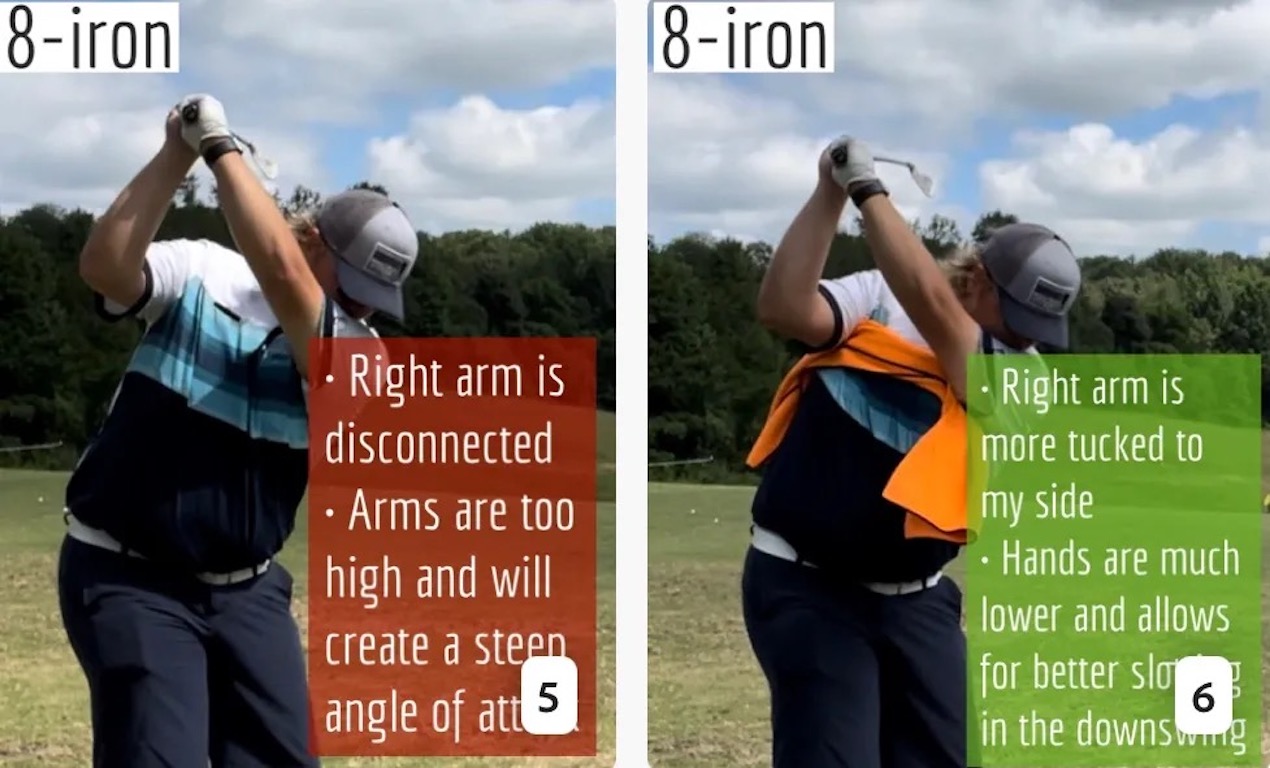
This is a classic drill that has been used for decades. However, the world of marketed training aids has grown so much during that time that this simple practice has been virtually forgotten. Because why teach people how to play golf using everyday items when you can create and sell a product that reinforces the same thing? Nevertheless, I am here to give you helpful advice without running to the nearest Edwin Watts or adding something to your Amazon cart.
For the “scoring clubs,” having a solid connection between the arms and body during the swing, especially through impact, is paramount to creating long-lasting consistency. And keeping that connection throughout the swing helps rotate the shoulders more to generate more power to help you hit it farther. So, how does this drill work, and what will your game benefit from it? Well, let’s get into it.
Setup
You can use this for basic chip shots up to complete swings. I use this with every club in my bag, up to a 9 or 8-iron. It’s natural to create incrementally more separation between the arms and body as you progress up the set. So doing this with a high iron or a wood is not recommended.
While you set up to hit a ball, simply tuck the towel underneath both armpits. The length of the towel will determine how tight it will be across your chest but don’t make it so loose that it gets in the way of your vision. After both sides are tucked, make some focused swings, keeping both arms firmly connected to the body during the backswing and follow through. (Note: It’s normal to lose connection on your lead arm during your finishing pose.) When you’re ready, put a ball in the way of those swings and get to work.
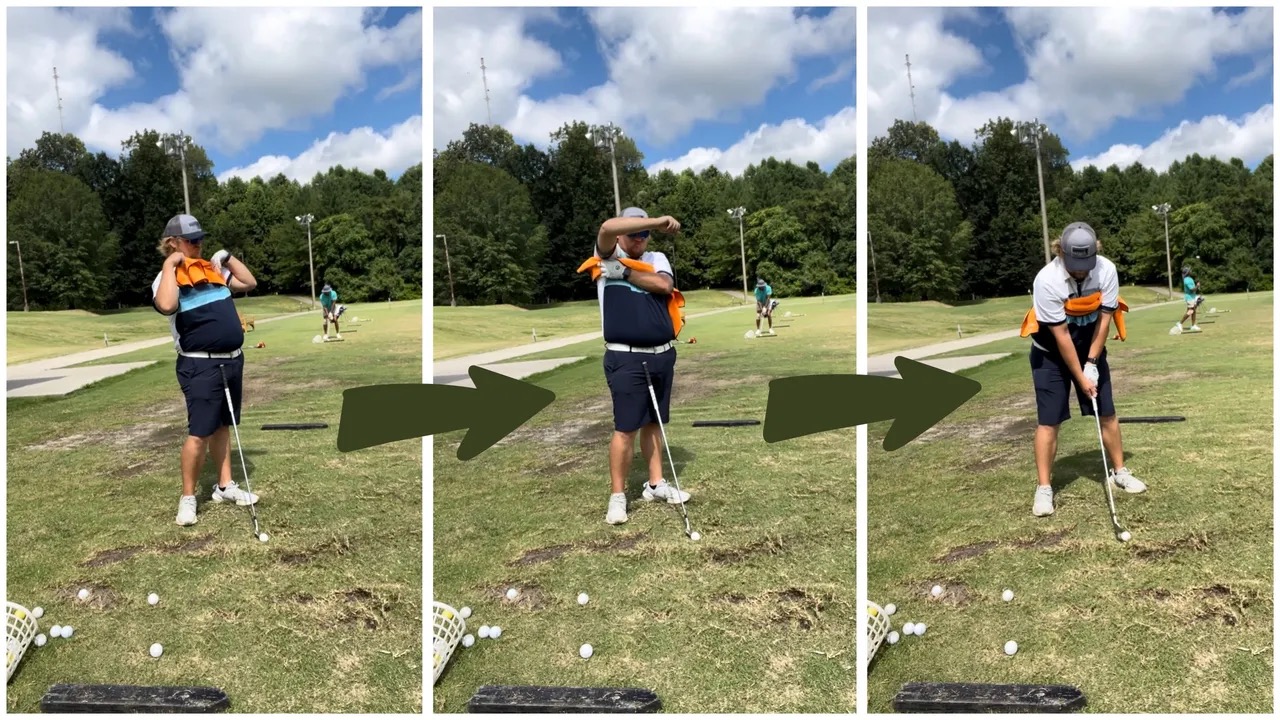
Get a Better Shoulder Turn
Many of us struggle to have proper shoulder rotation in our golf swing, especially during long layoffs. Making a swing that is all arms and no shoulders is a surefire way to have less control with wedges and less distance with full swings. Notice how I can get in a similar-looking position in both 60° wedge photos. However, one is weak and uncontrollable, while the other is strong and connected. One allows me to use my larger muscles to create my swing, and one doesn’t. The follow-through is another critical point where having a good connection, as well as solid shoulder rotation, is a must. This drill is great for those who tend to have a “chicken wing” form in their lead arm, which happens when it becomes separated from the body through impact.
In full swings, getting your shoulders to rotate in your golf swing is a great way to reinforce proper weight distribution. If your swing is all arms, it’s much harder to get your weight to naturally shift to the inside part of your trail foot in the backswing. Sure, you could make the mistake of “sliding” to get weight on your back foot, but that doesn’t fix the issue. You must turn into your trial leg to generate power. Additionally, look at the difference in separation between my hands and my head in the 8-iron examples. The green picture has more separation and has my hands lower. This will help me lessen my angle of attack and make it easier to hit the inside part of the golf ball, rather than the over-the-top move that the other picture produces.
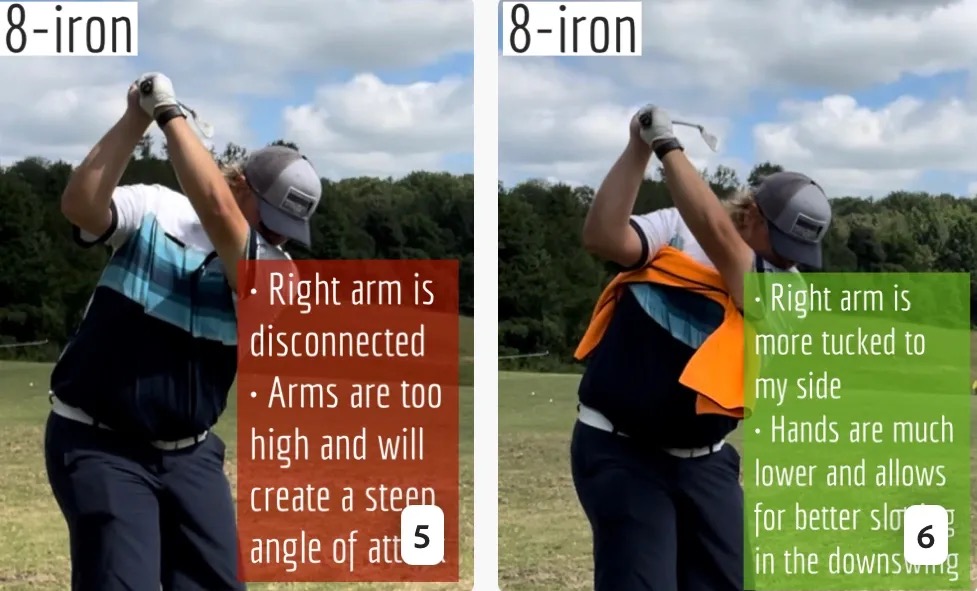
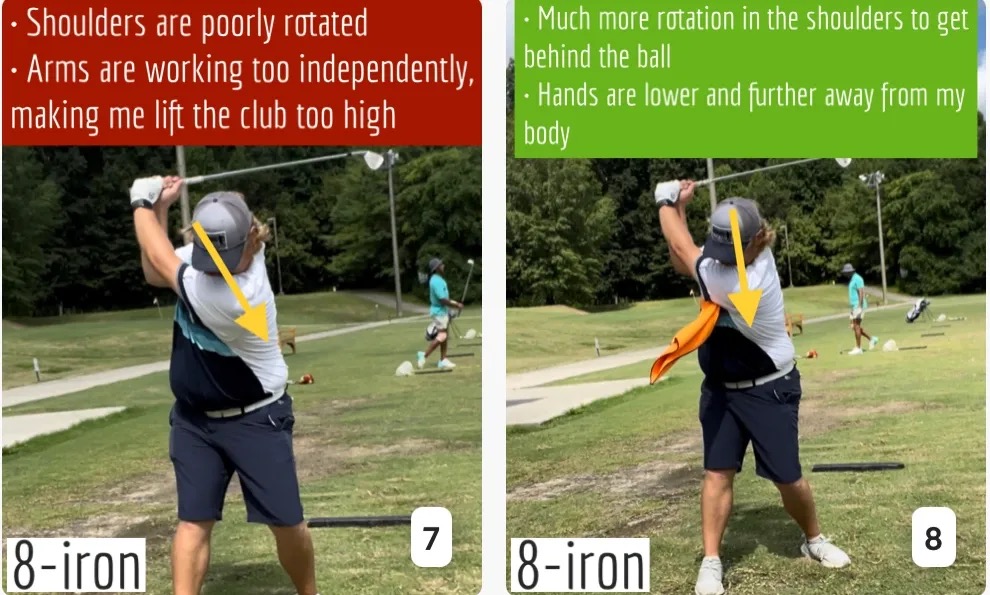
Stay Better Connected in the Backswing
When you don’t keep everything in your upper body working as one, getting to a good spot at the top of your swing is very hard to do. It would take impeccable timing along with great hand-eye coordination to hit quality shots with any sort of regularity if the arms are working separately from the body.
Notice in the red pictures of both my 60-degree wedge and 8-iron how high my hands are and the fact you can clearly see my shoulder through the gap in my arms. That has happened because the right arm, just above my elbow, has become totally disconnected from my body. That separation causes me to lift my hands as well as lose some of the extension in my left arm. This has been corrected in the green pictures by using this drill to reinforce that connection. It will also make you focus on keeping the lead arm close to your body as well. Because the moment either one loses that relationship, the towel falls.
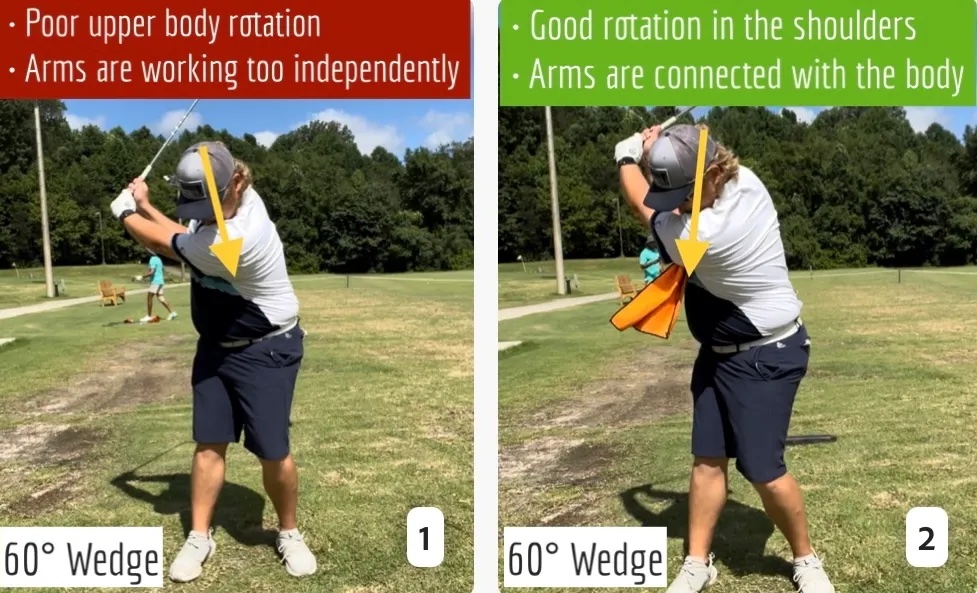
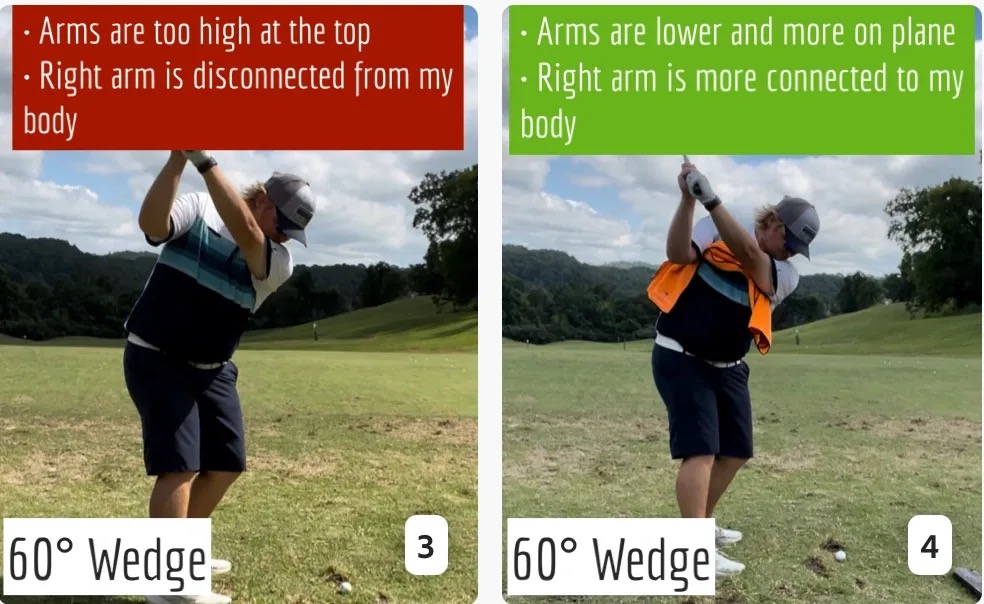
Conclusion
I have been diligent this year in finding a few drills that target some of the issues that plague my golf game; either by simply forgetting fundamental things or by coming to terms with the faults that have bitten me my whole career. I have found that having a few drills to fall back on to reinforce certain feelings helps me find my game a little easier, and the “towel drill” is most definitely one of them.
- LIKE11
- LEGIT1
- WOW2
- LOL0
- IDHT0
- FLOP2
- OB0
- SHANK8
-
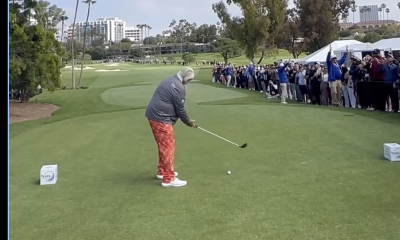
 19th Hole7 days ago
19th Hole7 days agoJohn Daly stuns fans into silence with brutal opening tee shot on PGA Tour Champions
-
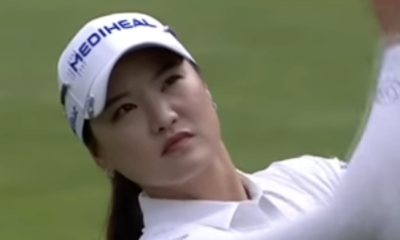
 19th Hole1 week ago
19th Hole1 week ago2-time major champ announces shock retirement from the sport at age of 33
-
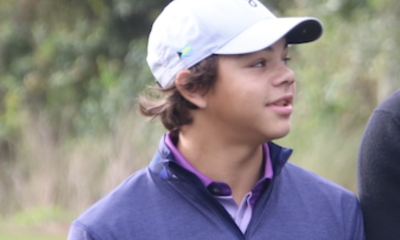
 19th Hole7 days ago
19th Hole7 days agoCharlie Woods finds it tough going on American Junior Golf Association debut
-

 19th Hole2 weeks ago
19th Hole2 weeks agoEdoardo Molinari reveals the latest PGA Tour golfer to turn down ‘good offer’ from LIV Golf
-
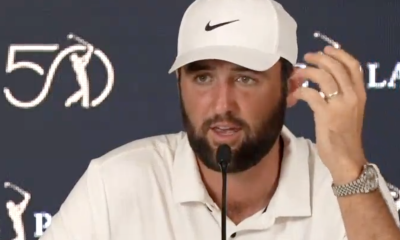
 19th Hole2 weeks ago
19th Hole2 weeks agoScottie Scheffler had an interesting response when asked how he ‘quiets the noise’ following Players victory
-

 Equipment3 weeks ago
Equipment3 weeks agoBest driver 2024: The best driver for you, as recommend by expert club fitters
-
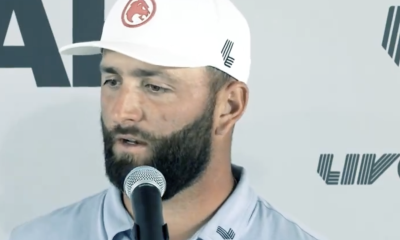
 19th Hole2 weeks ago
19th Hole2 weeks agoJon Rahm dealt fresh blow to hopes of qualifying for 2025 Ryder Cup
-
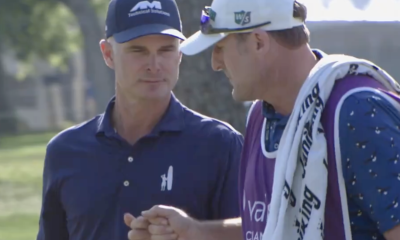
 19th Hole1 week ago
19th Hole1 week agoWhy Kevin Streelman sought USGA approval to use this equipment tool as he leads Valspar after round one













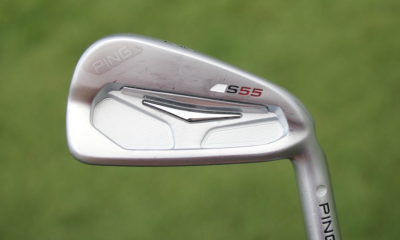

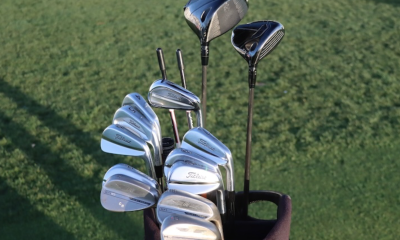

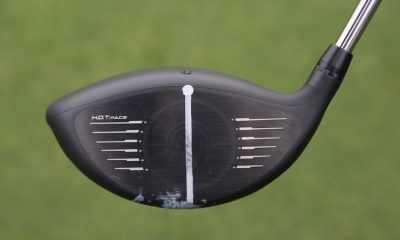

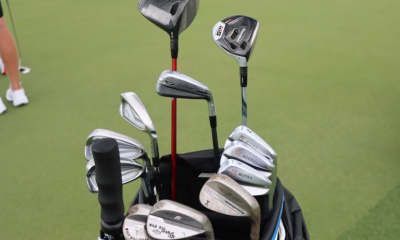

Ross Niciewsky
Apr 29, 2016 at 8:28 pm
What a big differince best i ever read Ross
Andrew
Dec 28, 2015 at 8:02 pm
This is an AMAZING article – I am a low-digit and I am constantly working (and struggling with) on my alignment/ball position and am constantly amazed how little coverage these ‘basics’ get. Really hard to hit repeatable swings/shots (especially under pressure) with inconsistent set-ups. Great article!!
Gorden
Oct 11, 2015 at 10:45 am
Get one of those magnetic pointers and have someone place it it on your iron face after you think you are set up….I found it really useful in getting the proper picture of how different lining up leading edge and bottom edge of club can be. Starts with putter face and gets worse all the way to the driver…clue is if a short level chip shot (right hand golfer) tends to miss right you may be lining up top edge instead of bottom or leading edge…
Dennis Clark
Oct 10, 2015 at 3:24 pm
yes because they curve more in flight…golfers will always aim and swing away from their miss…thats begins a terrible vicious cycle
Scott
Oct 9, 2015 at 12:31 pm
Good stuff – thanks Dennis. Just curious, do you find that your students have more issues with proper aim & alignment on the longer clubs? With the driver I tend to play the ball quite forward, with hands forward as well, to help contol my hook. Proper alignment feels much more uncomfortable than with the irons, and it takes discipline to trust it and hit it.
dwc
Oct 6, 2015 at 5:07 pm
Great article. As much as I have read about the swing and think I know, I didn’t really know this. Can’t wait to try it out to see if it fixes my swing issues that pop up every now and then
Dennis Clark
Oct 5, 2015 at 1:19 pm
Everything is related in a golf swing but flipping and/or blocking is topic for another piece I wrote I believe…
martin
Oct 4, 2015 at 7:56 pm
My problem is flipping and blocking the golf ball. You wrote a very good article on that problem, and I have practised those things, but I feel I still have a long way to go, but when it works, it feels strange but very solid strikes. I guess I am rolling the hands through impact or keep them “dead” steady and blocking. Has alignment, aim any impact here or is it just an over active right hand that causes the flips and blocks?
Pingback: Why golfers miss the reality of aim and alignment | GolfJay
Dennis Clark
Oct 2, 2015 at 6:55 pm
yes he elaborated. extensively actually. I had one too many beers with Kenny on one too many occasions…:) Told great Hogan stories too, it was always fun. And usually quite informative.
Kyle
Oct 2, 2015 at 4:27 pm
“Ken Venturi told me: “Good players don’t lose their swing, they lose their position!”
By position, he meant aim, alignment and ball position.”
Did he elaborate and later say position meant aim, alignment, and ball position or is this a conclusion you found on your own?
phillymike
Oct 2, 2015 at 11:22 am
i always appreciate insightful videos/tips on alignment and aim..great article!!
Tom
Oct 2, 2015 at 11:07 am
Useful article, explains my going left.
Desmond
Oct 2, 2015 at 10:15 am
Thank you – I tend to take the club inside and push when the face/path ratio is “off” – this helps explain why. My instructor looks at me and say, “You’re open” when it looks square to me. Then I noticed that my hips were open at address, so I’ve squared them up as well as the shoulders. The last frontier is club face…
shimmy
Oct 2, 2015 at 10:13 am
Hi Dennis.
Thanks for this and all of your other articles here. I really appreciate you taking the time to share your wisdom with us.
One question- what do you think of so called ‘speed golf’? Is there merit to very little preshot routine and ‘reacting to the target’?
Just curious.
Thanks.
Dennis Clark
Oct 2, 2015 at 2:55 pm
Shimmy,
Thx for following; i think speed golf, like many other things, is good for some, not so much for others. Your pace, tempo, amount of time over the ball etc seem to be aspects of your personality. More analytical types, perhaps left brained ? need more time time, etc. It’s so hard to answer unseen though